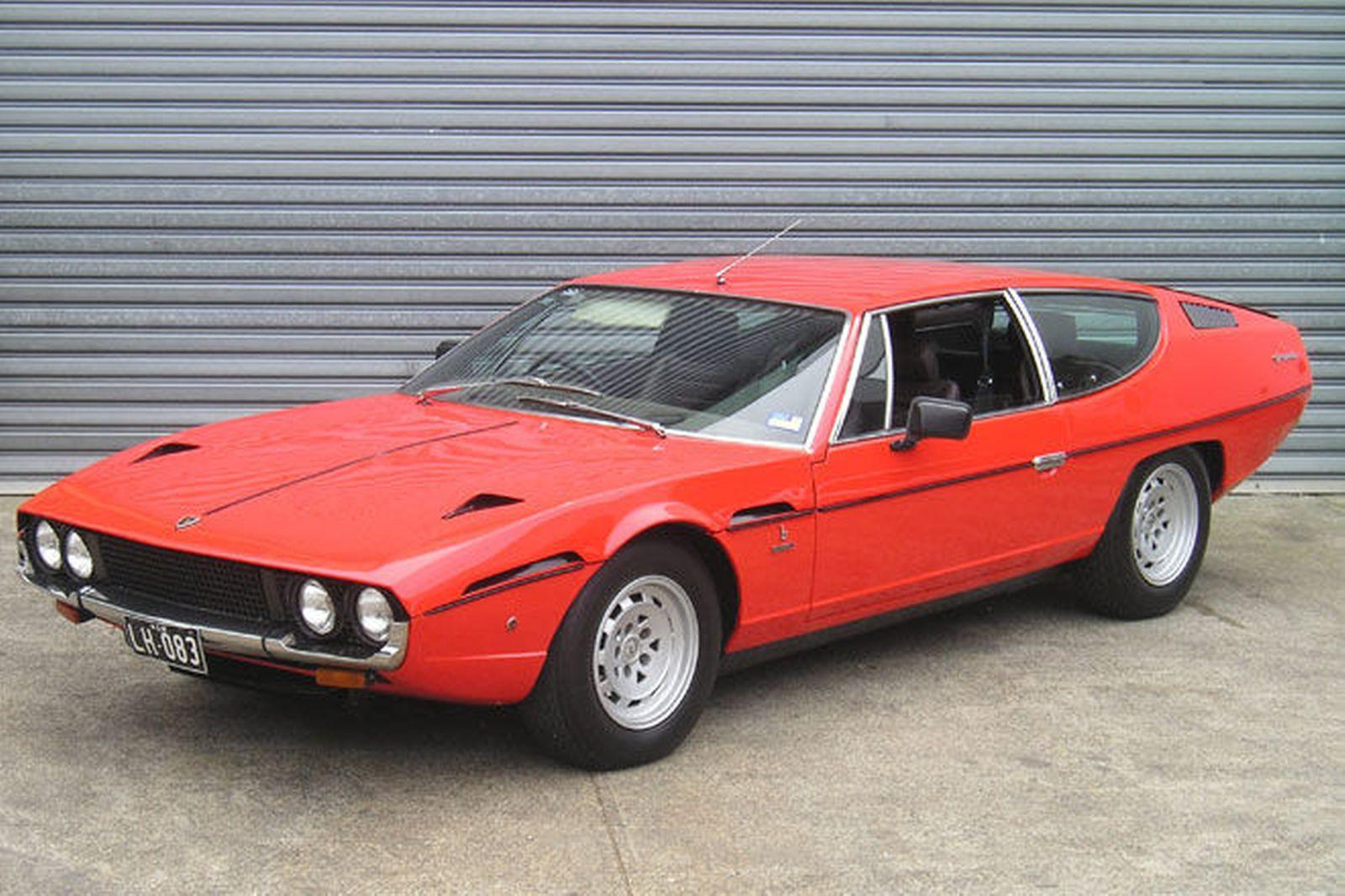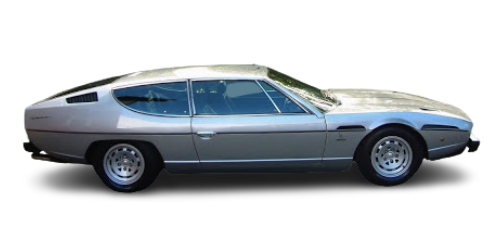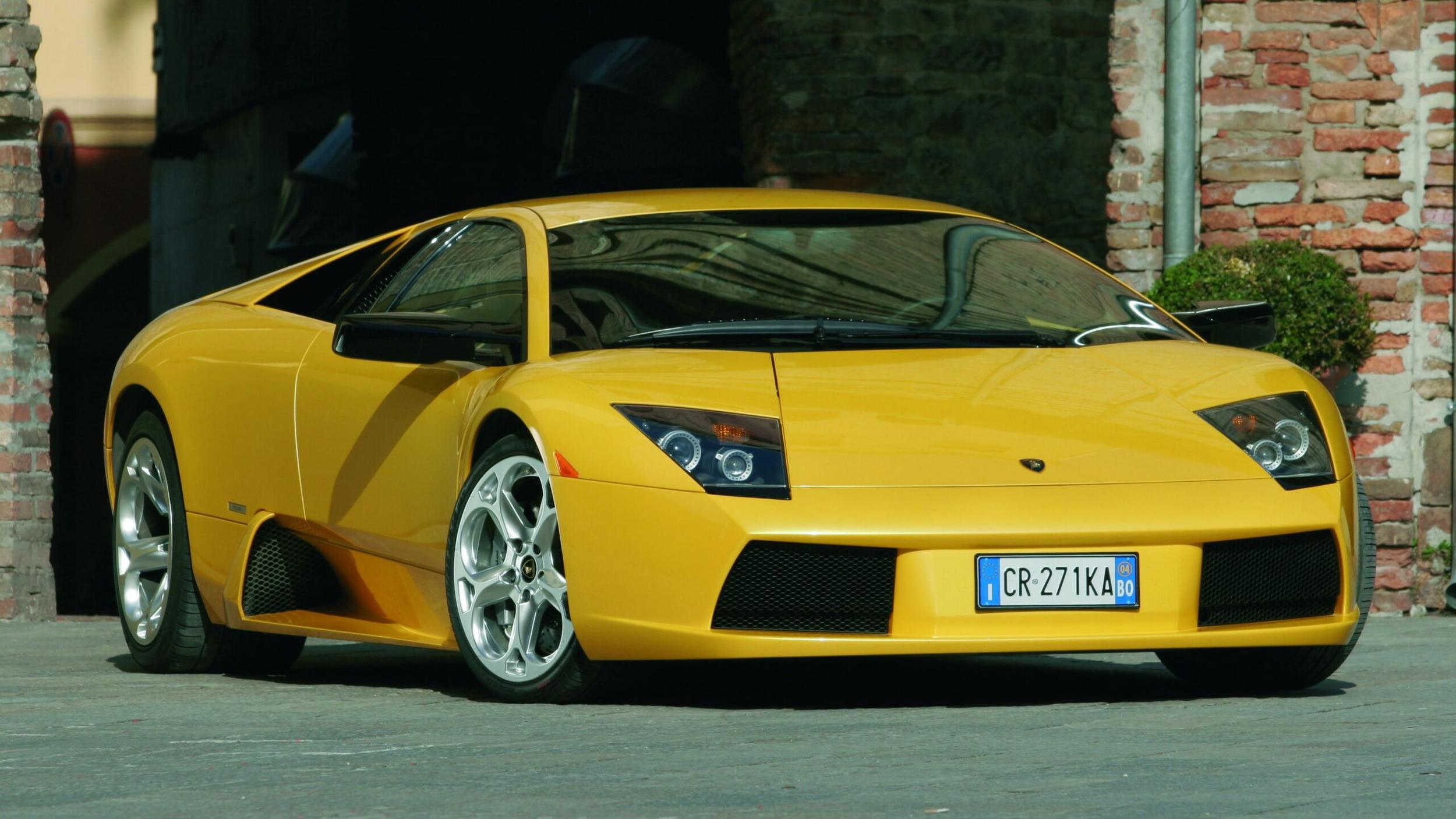Bertone redesigned the interior of the Espada once more, the Espada Series III was introduced on the 1972 Turin Auto Show, the front grill-treatment was again slightly altered and the rear taillights were changed, they were now the same as on the Alfa Romeo 2000. In the interior, the dashboard was changed, now wrapped toward the driver and wood was used instead of aluminum, power-steering was made standard, along with air-conditioning, the center console now had a more upright kick-up from the front. Underneath the bodywork, the rear triangular suspension arms were modified, the spring and shock rates rejigged, and the disc brakes were again upgraded, and under the hood, two alternators were installed.
Available options now include a sunroof which wasn’t demanded much, and also from 1974 on, a Chrysler automatic transmission could be ordered. Starting in 1976, the same black ‘safety bumpers’ needed for the U.S. market were installed on the cars for he European market, and by some specialists, these late Espadas were called the Series IV, but the factory kept calling it the Series III.
Although this last model of the Espada was kept in production for the longest period, it didn’t sell as well as the Series II, in its six years production, it only sold 456 units. The complete Espada production totaled at 1217 units, making it Lamborghini’s second biggest success, only the Countach would top this figure much later. Even today, the styling of the Espada is as fresh as 20 years ago, it is still a head-turner, people still stare at it every time one passes by.
Towards the end of the production life for the Espada, Bertone had designed a four-door version of this high-speed luxury cruiser, the overall looks of this final design were very good, but for some reason Lamborghini didn’t take this new Espada into production, which could be seen as a pity, because it would surely sell quite good.
But I suppose after being in production for so long, the Espada was ready to be retired and replaced by a completely new model, but despite several demands by wealthy customers, Automobili Lamborghini SpA never replaced the successful Espada, according to several sources however, during the late nineties, designs of a new Espada 2000 were being developed, check out the L149 drawings in the prototype section of this site.




